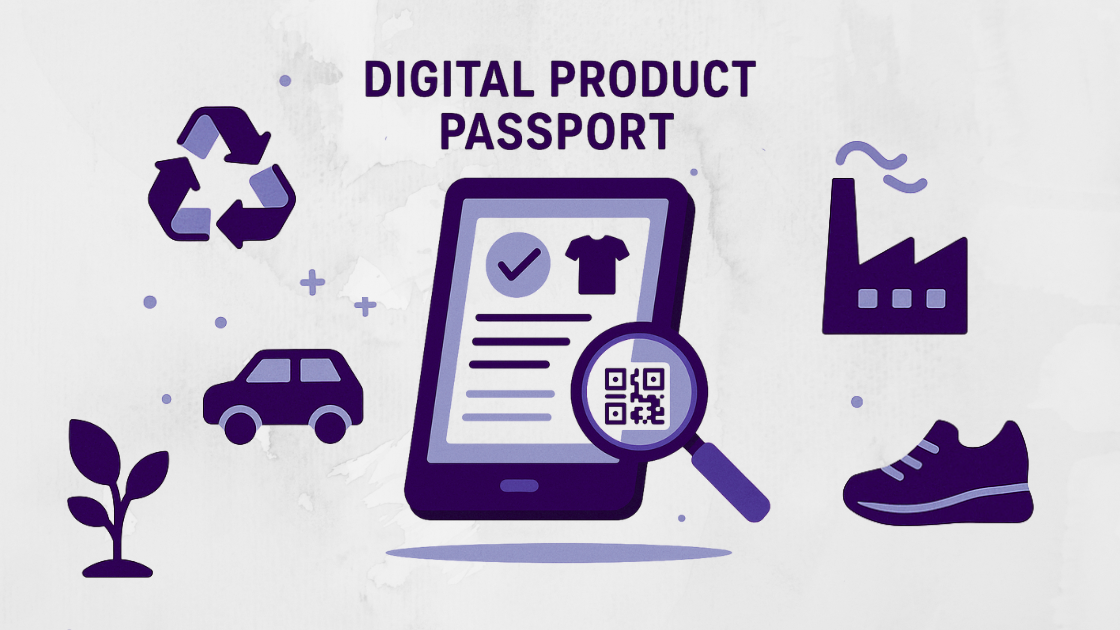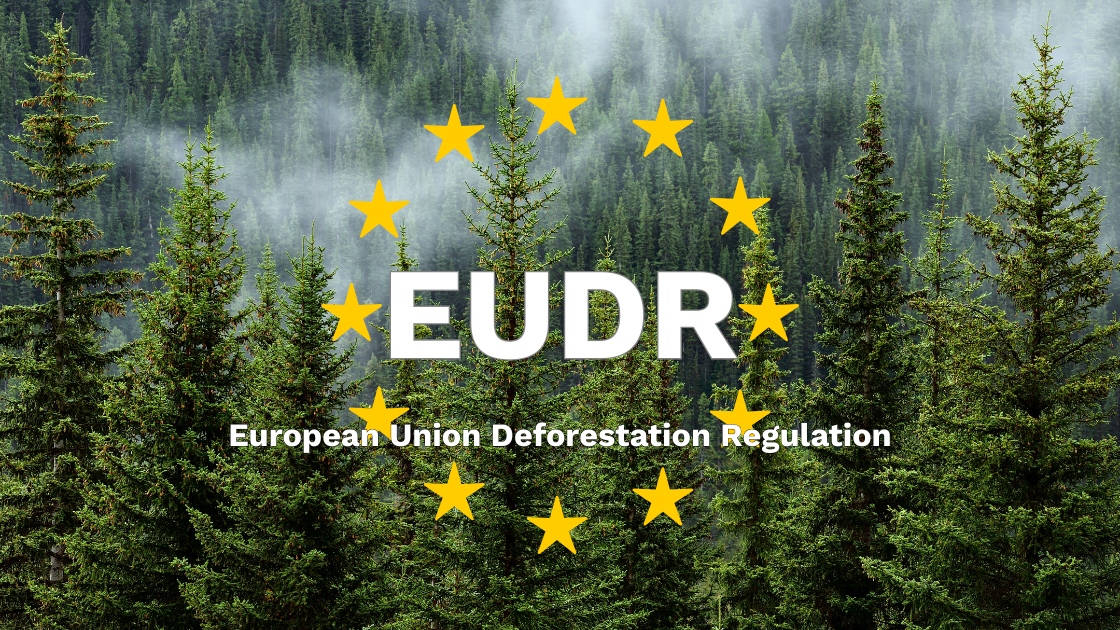Is your business prepared for climate change risks?
The UK had its second-hottest year on record in 2023, spiking the climate crisis debate. The Public Accounts Committee (PAC) warns that the government’s approach to strengthening the UK’s resilience to climate change risks lacks leadership, oversight, and urgency. Global climate change drives more frequent and deadly disasters across the planet, all happening with a rise of just 1C in average temperature. Nevertheless, the hope to divert the path we are currently on is not yet lost. There are still things we can do to combat the climate crisis.

The impact on small businesses
As climate change accelerates and temperatures increase, SMEs are becoming more vulnerable. They face extreme weather (drought, flooding) and financial risks (see Figure 1).

Challenges your business might face:
1. Supply chain issues
SMEs often have an international supply chain that provides them with timely delivery of materials and resources. Climate change has led to more frequent extreme weather conditions such as floods, hurricanes, or extreme droughts, disrupting supply chains and causing delays and higher costs. Conduct research on where your leading suppliers are located and the climate risks you might indirectly face.
2. Financial pressure
Climate change can also bring significant financial costs. Physical damage to infrastructure, equipment, or inventory can lead to expensive repairs or replacements. Additionally, higher insurance premiums can further pressure SMEs, limiting their ability to invest in innovation. Determine the direct impacts of climate change on your business activities, including costs for repairs, replacements, and innovation.
3. Laws and regulations
The government regularly introduces new legislation or tightens existing rules to comply with climate change commitments. Meeting these requirements often involves investments and innovation, challenging entrepreneurs to stay informed and comply with all requirements. This affects competitiveness and increases the risk of fines. Investigate which regulations apply to your business and if you're compliant. If not, take action.
How to prepare for climate risks
1. Map out climate risks
Sustainability means something different for every company. Businesses vary in size, sector, situation, and value chain. Identify which sustainability themes are relevant to your business and what climate risks are involved. Consider the likelihood of an event occurring and the financial impact. Is your business located in an area prone to extreme weather conditions? Consider what would happen to your operations during a prolonged heatwave.
2. Take action on urgent climate risks
Once climate risks have been identified, it’s time to take action. Focus first on risks that frequently occur and have a significant financial impact. For example, diversify your supply chain, strengthen your infrastructure, and secure good insurance. For instance, an SME that operates in the floriculture industry might want to diversify its supply chain by focusing on local products, as its current supply chain is mainly located in Kenya, which poses several environmental risks.
3. Stay informed and evaluate regularly
Stay current with new legislation, developments in climate change, and innovations. Also, connect with trade associations and government agencies. For risks that affect an entire sector, broader initiatives are often set up. If we stick with the earlier example of the floriculture industry, government agencies could initiate support programs that counter the risk of droughts and extreme climate effects. These support programs come in the form of financial and non-financial aid, aimed to lessen your dependence on the international supply chain risk.
Now that climate change risks impact every business, it's crucial to consider an approach. We understand that SMEs need help with this transition. Our sustainability platform, for example, contains valuable tools to create a transition plan and identify your company's risks.



